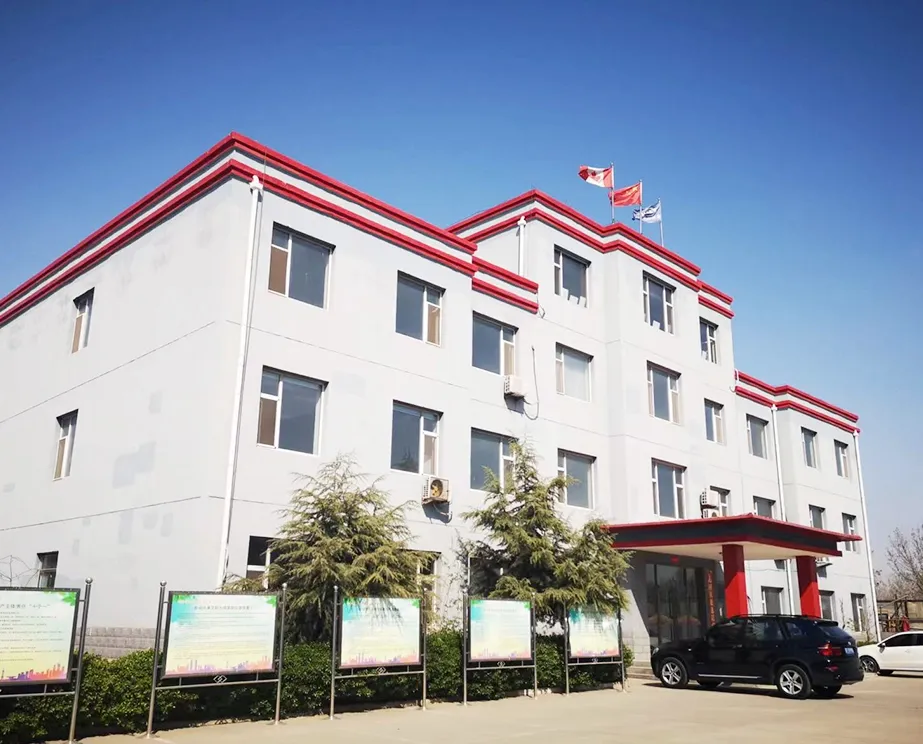- Afrikaans
- Albanian
- Amharic
- Arabic
- Armenian
- Azerbaijani
- Basque
- Belarusian
- Bengali
- Bosnian
- Bulgarian
- Catalan
- Cebuano
- Corsican
- Croatian
- Czech
- Danish
- Dutch
- English
- Esperanto
- Estonian
- Finnish
- French
- Frisian
- Galician
- Georgian
- German
- Greek
- Gujarati
- Haitian Creole
- hausa
- hawaiian
- Hebrew
- Hindi
- Miao
- Hungarian
- Icelandic
- igbo
- Indonesian
- irish
- Italian
- Japanese
- Javanese
- Kannada
- kazakh
- Khmer
- Rwandese
- Korean
- Kurdish
- Kyrgyz
- Lao
- Latin
- Latvian
- Lithuanian
- Luxembourgish
- Macedonian
- Malgashi
- Malay
- Malayalam
- Maltese
- Maori
- Marathi
- Mongolian
- Myanmar
- Nepali
- Norwegian
- Norwegian
- Occitan
- Pashto
- Persian
- Polish
- Portuguese
- Punjabi
- Romanian
- Russian
- Samoan
- Scottish Gaelic
- Serbian
- Sesotho
- Shona
- Sindhi
- Sinhala
- Slovak
- Slovenian
- Somali
- Spanish
- Sundanese
- Swahili
- Swedish
- Tagalog
- Tajik
- Tamil
- Tatar
- Telugu
- Thai
- Turkish
- Turkmen
- Ukrainian
- Urdu
- Uighur
- Uzbek
- Vietnamese
- Welsh
- Bantu
- Yiddish
- Yoruba
- Zulu
PUP Joint Specifications and Guidelines for Optimal Performance and Durability
Understanding Pup Joint Specifications in the Oil and Gas Industry
Pup joints are essential components in the oil and gas industry, particularly in drilling operations. These short lengths of pipe are specifically designed to connect various sections of drill strings or production tubing, enabling flexibility and proper alignment during drilling activities. In this article, we will explore pup joint specifications, their importance, and the factors influencing their selection.
What is a Pup Joint?
A pup joint is a short pipe segment that is typically between 2 to 10 feet long. They are made from the same materials as the rest of the drill string or tubing and are used to create the desired length and flexibility required in various drilling scenarios. Pup joints can be found in both drilling and completion operations, and they play a vital role in ensuring the efficiency and effectiveness of the overall operation.
Specifications of Pup Joints
When considering pup joint specifications, several key factors must be taken into account
1. Material Composition Pup joints are most commonly made from high-strength carbon steel or alloy steel to withstand the high pressures and harsh environments typical in oil and gas wells. The material selection affects the corrosion resistance, tensile strength, and overall durability of the pup joint.
2. Size and Dimensions Pup joints come in various sizes, both in terms of inner diameter (ID) and outer diameter (OD). The most common sizes align with standard pipe sizes, typically ranging from 2 3/8 inches to 5 1/2 inches OD. The appropriate size is selected based on the specifications of the drilling equipment and the geological conditions of the drilling site.
3. Pressure Rating Each pup joint is rated for a specific pressure level, which corresponds to the maximum amount of pressure it can withstand during operation. This rating can vary significantly based on factors such as the material, wall thickness, and size. Selecting a pup joint with an adequate pressure rating is critical to preventing failures and ensuring safety during drilling operations.
4. End Connections Pup joints can have different types of end connections, including threaded, welded, or flanged. The choice of connection type depends on the specific application and must ensure compatibility with other components in the drill string or tubing. Common thread types include API (American Petroleum Institute) and premium threads, each suited for different operational requirements.
pup joint specifications

5. Length Variation The ability to manipulate the length of the drilling assembly is one of the significant advantages pup joints offer. This can facilitate precise adjustments to the drill string, allowing operators to optimize the drilling process and address specific geological challenges encountered during operations.
Importance of Pup Joints in Drilling Operations
Pup joints are crucial for several reasons
- Flexibility They allow operators to adapt the length of the drill string dynamically, which is particularly useful in deviated or horizontal drilling applications.
- Cost Efficiency Using pup joints can prevent the need for custom-length pipe sections, reducing material costs and lead times during operations.
- Safety The proper specification and use of pup joints contribute to the overall safety of drilling operations. Ensuring that pup joints meet the necessary specifications helps prevent blowouts, leaks, or other catastrophic failures.
- Performance Optimization The ability to integrate pup joints into the drilling assembly enables efficient performance and can minimize equipment wear, leading to cost savings and increased operational efficiency.
Conclusion
In summary, pup joints are integral to drilling and production operations in the oil and gas industry. Understanding their specifications, including material, size, pressure rating, and connection types, is essential for ensuring safe and efficient drilling operations. The strategic use of pup joints not only enhances performance but also contributes to cost savings and operational flexibility. As the industry continues to evolve, the design and manufacturing standards for pup joints will likely advance, further improving their effectiveness in various applications.
-
Tubing Pup Joints: Essential Components for Oil and Gas OperationsNewsJul.10,2025
-
Pup Joints: Essential Components for Reliable Drilling OperationsNewsJul.10,2025
-
Pipe Couplings: Connecting Your World EfficientlyNewsJul.10,2025
-
Mastering Oilfield Operations with Quality Tubing and CasingNewsJul.10,2025
-
High-Quality Casing Couplings for Every NeedNewsJul.10,2025
-
Boost Your Drilling Efficiency with Premium Crossover Tools & Seating NipplesNewsJul.10,2025







